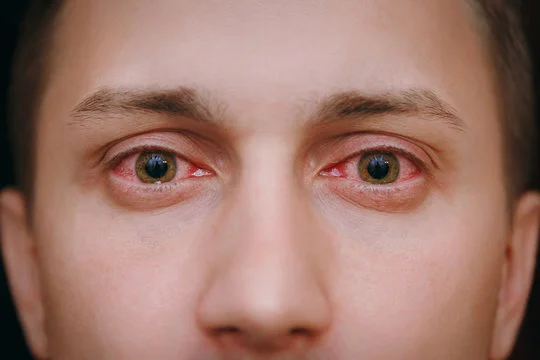
Eye Flu: Symptoms, Prevention, and Treatment Tips
Eye flu, also known as viral conjunctivitis, is a contagious eye infection characterized by inflammation of the conjunctiva, the thin, clear layer of tissue that covers the white part of the eye and lines the inside of the eyelids. It is caused by viruses, most commonly adenoviruses, and can spread easily from person to person through direct contact, touching contaminated surfaces, or sharing personal items like towels.
Symptoms of eye flu may include:
- Redness: The white part of the eye (sclera) appears pink or red.
- Watery Discharge: Excessive tearing and watery discharge from the eye.
- Itchiness: The eyes may become itchy and irritated.
- Grittiness: A sensation of grittiness or foreign body sensation in the eyes.
- Swelling: Swelling of the eyelids and conjunctiva.
- Light Sensitivity: Increased sensitivity to light (photophobia).
- Crusting: Crust or discharge may form around the eyelashes, especially after sleep.
Unlike bacterial conjunctivitis, which can be treated with antibiotics, viral conjunctivitis does not respond to antibiotics as viruses are the causative agents. The infection usually resolves on its own within a week or two. However, symptomatic relief can be achieved through the use of lubricating eye drops, cold compresses, and over-the-counter antihistamines to alleviate discomfort.
Preventive measures include practicing good hygiene, avoiding close contact with infected individuals, refraining from sharing personal items, and frequently washing hands. If you suspect you have eye flu, it’s advisable to seek medical advice, especially if the symptoms are severe, prolonged, or accompanied by vision changes or eye pain.
Remember that accurate diagnosis and proper management of eye conditions are essential, so consulting an eye care professional is recommended if you have concerns about your eye health.
